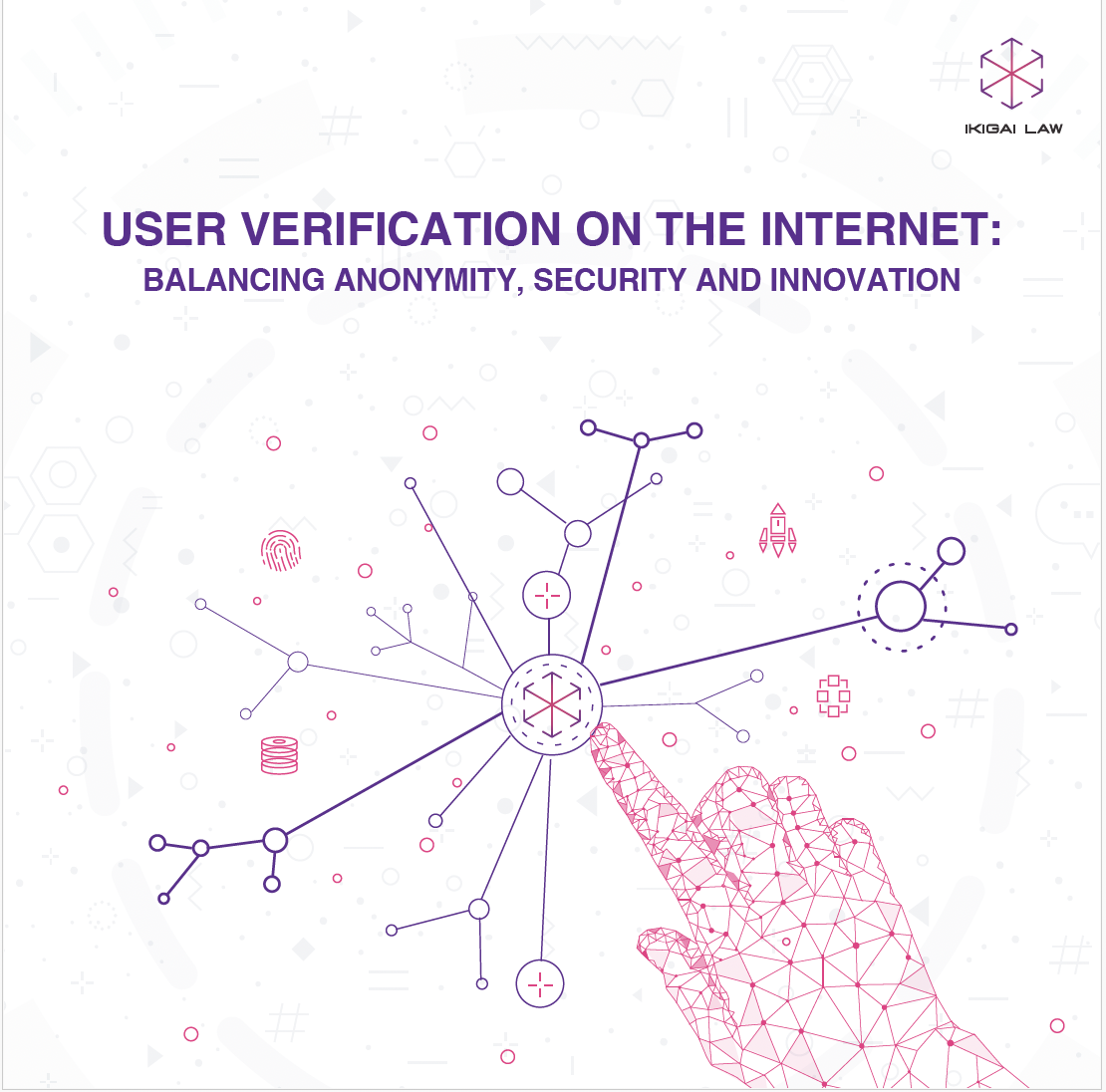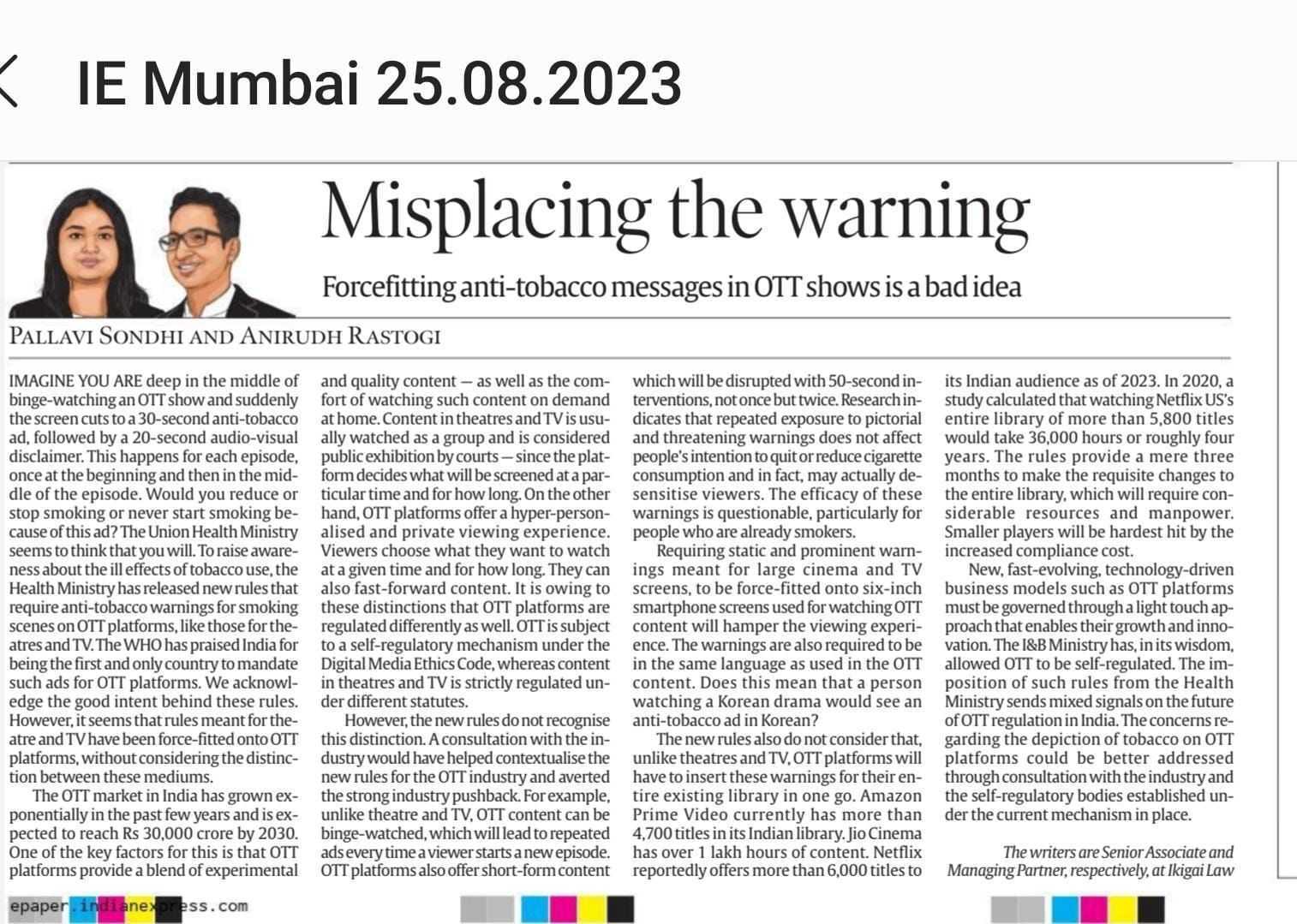1. Introduction
1.1 The Union budget for 2020 was declared on 01 February 2020 by finance minister Nirmala Sitharaman. This was the second budget presented by the Narendra Modi government in its second term. The budget speech is available here and the key highlights of the budget are available here. This blog presents the key proposals from the budget that will affect India’s digital technology landscape. You can also find our previous post on key takeaways of the Union Budget 2019 here.
2. The big picture
2.1 India is the fifth largest economy in the world. Foreign direct investments have increased to USD 284 billion between 2014 – 2019 and government debt has reduced to 48.7 per cent of the GDP from 52.2 per cent.
2.2 The finance minister presented the budget against the backdrop of two cross-cutting developments: (a) proliferation of technologies, such as analytics, machine learning, robotics, bio-informatics and artificial intelligence (“AI”); (b) the number of people in the productive age group i.e. 15-65 years in India, being at its highest.The shift in governance is characterised by a twin focus on structural reform and inclusive growth.
2.3 The government aims to: increase the use of e-governance for service delivery, improve physical quality of life through ‘National Infrastructure Pipeline’, mitigate risks through disaster resilience and provide social security by increasing the penetration of pension and insurance.
2.4 Goods and service tax has played an instrumental role in integrating India economically.
3. Emerging technologies
3.1 A policy to enable private sector to build data centre parks to be rolled out soon.
3.2 BharatNet program to be strengthened to digitally connect gram panchayats, government schools, post offices, police stations across India.
3.3 Measures to be taken to expand the base for knowledge-driven enterprises. A digital platform to be promoted to facilitate seamless application and capture of intellectual property. A centre to be set up in an institutes of excellence to work on complexity and innovation in intellectual property.
3.4 Knowledge translation clusters to be set up.
3.5 Two national level science schemes to create databases of India’s genetic landscape to be put in place.
3.6 An outlay of INR 8000 crore to be earmarked for the National Mission on Quantum Technologies and Application over the next five years.
3.7 A new National Policy on Official Statistics to be rolled out, that will use AI to lay out the methods for data collection and its dissemination.
4. Start-ups
4.1 Investment Clearance Cell to be set up to provide end-to-end facilitation, pre-investment advisory and facilitate clearances at the centre and state level.
4.2 A seed fund to support early stage start-ups to be set up.
4.3 The tax payment by employees who own ESOPs to be deferred by five years or until employees leave their company or until they sell their shares, whichever is earliest.
4.4 Currently, start-ups having turnover up to INR 25 crores can claim 100 per cent deduction on profits for 3 consecutive assessment years out of 7 years, if the total turnover does not exceed INR 25 crore. The turnover threshold to be increased from INR 25 crores to INR 100 crores, and the eligible period for claiming deduction to be increased from 7 years to 10 years.
5. E-commerce
5.1 E-commerce operators to deduct one per cent TDS on the gross amount of sales / provision of services facilitated through their platform. This will not apply in cases where the seller’s gross amount of sales during the previous year through ecommerce operator is less than INR 5 Lakh and the seller has furnished his PAN or Aadhaar number to the e-commerce operator.
6. Foreign Direct Investments (“FDI”)
6.1 FDI may be opened up for the education sector.
6.2 Certain specified categories of government securities to be opened up for non-resident investors.
6.3 The limit on foreign portfolio investment in corporate bonds to be increased to 15 per cent of the outstanding stock from 9 per cent of the outstanding stock.
7. Other technology-related developments:
7.1 Five new smart cities to be developed.
7.2 An app-based invoice financing loans product to be launched to eliminate the delays in payments and cash flow mismatches for MSMEs.
7.3 Scheme to propel domestic telecom manufacturing to be announced soon. The scheme may also be extended to manufacturing of medical devices.
7.4 The Government e-Marketplace will create a Unified Procurement System to provide single platform for procurement of goods and services in India.
7.5 PAN shall be instantly allotted online on the basis of Aadhaar without having to fill up a separate form.
7.6 Customs duties on electric vehicle and mobile phone parts to be revised under the Phased Manufacturing Plans.
8. Miscellaneous developments:
8.1 Farmer income to be doubled by 2022. Farming to be made more competitive by liberalising the farm markets.
8.2 NABARD to geo-tag warehouses, cold storages and facilities in India. Measures to improve warehousing and cold storage to be taken soon. Negotiable Warehousing Receipts (e-NWR) to be integrated with e-NAM.
8.3 Integrated farming systems in rainfed areas to be expanded. The portal on “Jaivik Kheti” – an online national organic products market – to be strengthened.
8.4 New Education Policy to be announced soon.
8.5 National Forensic Science University and National Police University to be set up to advance policing science, cyber-forensics, etc. in India.
Authored by Vihang Jumle, Associate with inputs from Sreenidhi Srinivasan, Senior Associate at Ikigai Law.










